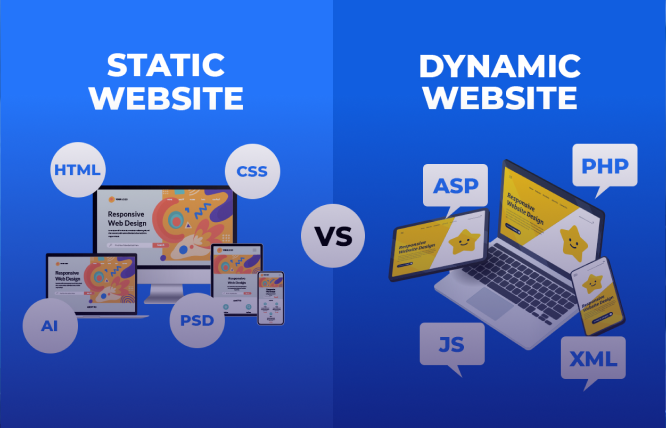Introduction
The importance of cross-browser compatibility in front-end development cannot be underestimated as it ensures a consistent user experience across different browsers. If you want to achieve compatibility, conduct thorough testing, address browser differences, and use best practices. When you prioritise cross-browser compatibility, you can create websites with improved user satisfaction and reach a wider audience.
The importance of cross-browser compatibility in front-end development is immense. It is a vital aspect of front-end development that guarantees a consistent user experience across various web browsers. Due to the rapid increase of browsers and devices, it is essential to design and develop websites that seamlessly work on different platforms.
Simply put, cross-browser compatibility in front-end development is crucial as it ensures that your website is reachable to a wide audience, enhances your brand reputation, and improves user satisfaction.
| Browser | Market Share |
Google Chrome | 65% |
Safari | 15% |
Firefox | 10% |
Edge | 5% |
Others | 5% |
Better knowledge regarding the importance of cross-browser compatibility in front-end development may also be important for any business that is looking to hire React JS development company or a custom PHP website development company.
Understanding Browser Differences
Different browsers have different rendering engines, JavaScript implementations, CSS support, screen size, and device considerations. These differences can cause inconsistencies in how your website functions and displays.
While understanding browser differences, make sure that you know about HTML5 and CSS3 browser compatibility as well as JavaScript compatibility across browsers. Leading cloud web development agencies that follow modern web development practices understand browser differences well. This includes FuturByte, a renowned UAE-based software development company that offers serverless web development and angular developer expertise.
Key Challenges in Cross-Browser Compatibility
Let’s look at some of the key challenges in cross-browser compatibility.
JavaScript differences: Variations of JavaScript implementations can influence how scripts execute and interact with the DOM, leading to unexpected behaviour and will lead to bugs.
CSS inconsistencies: Differences in how browsers interpret CSS properties can cause inconsistencies in typography, spacing, and layout.
Mobile browser considerations: Various mobile browsers encounter unique challenges, such as slower network speeds, touch interfaces, and smaller screen sizes.
Browser-specific features: Some features could be exclusive to specific browsers, demanding alternative approaches to ensure compatibility.
The Best Practices
Here are some of the best practices for cross-browser compatibility.
CSS preprocessors for vendor prefixes: Utilise CSS preprocessors such as Less or Sass to automatically add vendor prefixes for CSS properties that are not universally supported.
Normalize.css or reset styles: Make use of a CSS reset such as Normalize.css to establish a consistent baseline for styling throughout browsers.
Responsive design for different screen sizes: Design websites to adapt to various screen sizes by utilising responsive design techniques.
Testing & Debugging
Debugging techniques: Utilise browser developer tools to inspect the JavaScript, CSS, and HTML of your website and identify potential issues.
Automated testing frameworks: Evaluate the usage of automated testing frameworks such as Selenium to catch compatibility issues early and automate browser testing.
Browser testing tools: Use browser testing tools such as Sauce Labs or BrowserStack to test your website on different devices and browsers.
Addressing Specific Browser Issues
Safari and Chrome considerations: Both of these browsers are based on the WebKit rendering engine. Still, there is a likelihood of minor differences in how they render some elements. You need to test your website on both browsers to ensure compatibility.
Mobile browser optimisation: Optimise your website for mobile browsers by considering factors like slower network speeds, smaller screen sizes, and touch interfaces.
Internet Explorer compatibility: Internet Explorer is not popular for its incompatibility. Use techniques such as polyfills or conditional comments to address specific IE issues.
Concluding Remarks
The importance of cross-browser compatibility in front-end development cannot be overlooked since compatibility is essential for creating a successful website that reaches a wide audience. With these practices, you can ensure that your website performs seamlessly throughout different devices and browsers, offering an enjoyable and consistent user experience.
Finally, if you are looking for an agency that performs graceful degradation in web development or cross browser compatibility frontend, then contact FuturByte. We have well-versed in front-end frameworks for cross-browser compatibility. Additionally, we know how to make excellent use of web development stacks. So, we will develop an excellent website for you!
Frequently Asked Questions
Accessibility ensures that the websites can be used even by people with limitations and disabilities, promoting equal access to information and inclusivity.
Cross-browser compatibility lets a website render correctly and function consistently across various web browsers.
It is important because it ensures a consistent user experience for all website visitors, regardless of their browsing experience.
Some prominent challenges are the differences in CSS support, varying browser rendering engines, and JavaScript incompatibilities.
Have questions or feedback?
Get in touch with us and we‘l get back to you and help as soon as we can!



